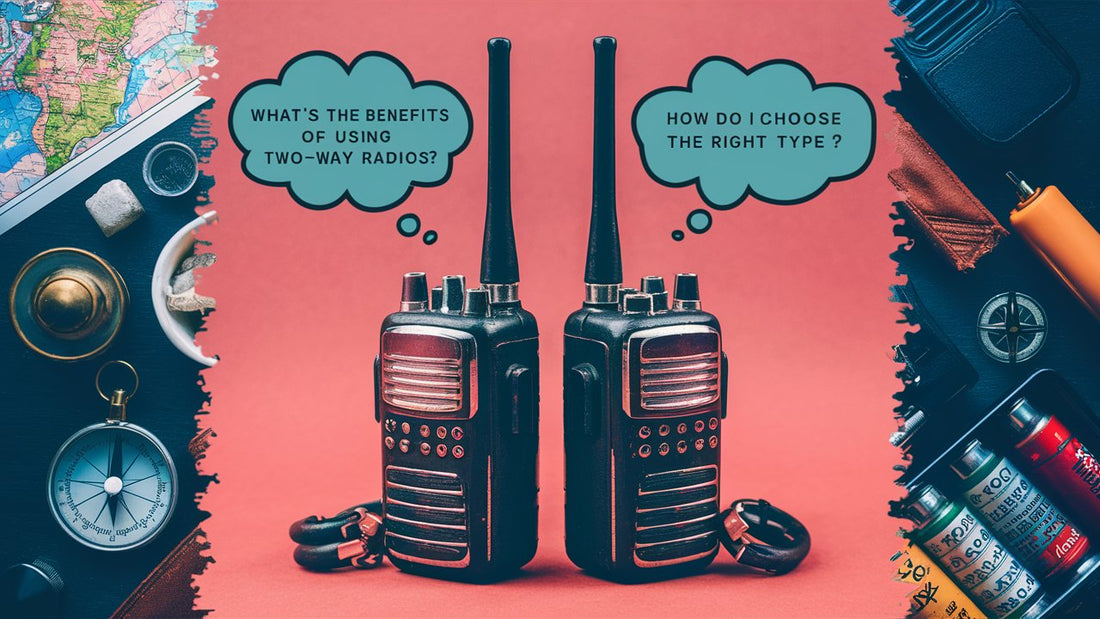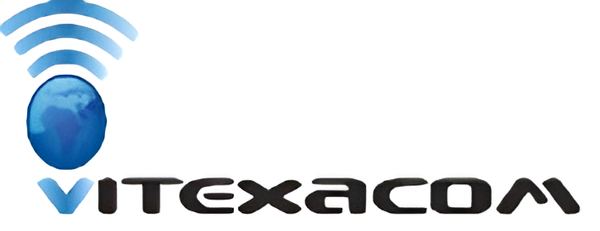
Two-Way Radios in South Africa: Your Questions Answered
Share
Navigating the world of two-way radios can be complex, especially with the variety of options and regulations in South Africa. To help you make an informed decision, we’ve compiled answers to the most frequently asked questions about two-way radios.
What’s the Best Frequency Band for Two-Way Radios in South Africa? In South Africa, two-way radios operate on either VHF (Very High Frequency) or UHF (Ultra High Frequency) bands. VHF bands range between 136 MHz and 174 MHz, while UHF bands are between 400 MHz and 470 MHz1. UHF is generally better for urban areas as it penetrates buildings more effectively, while VHF is more suitable for open spaces with less obstruction.

Do I Need a License for Two-Way Radios? Yes, for certain types of two-way radios. License-free radios are limited to 0.5W power and specific frequencies, making them suitable for local or infrequent use. For more powerful radios, typically between 5W and 25W, you’ll need a license from ICASA (Independent Communications Authority of South Africa).
What Are the Benefits of Licensed Two-Way Radios? Licensed two-way radios offer a greater range, typically from 5 to over 20 kilometers, and clearer signals, making them ideal for professional use in larger areas like farms, mines, or for security purposes.

What Are PTT or PoC Radios, and How Do They Work? PTT (Push-to-Talk) and PoC (Push-to-Talk Over Cellular) radios combine traditional two-way radio functionality with modern cellular technology. They allow for communication over 3G, 4G, or Wi-Fi networks, providing a much broader coverage area. PoC radios can also integrate features like GPS tracking and instant voice and video group calling.
What Should I Consider When Choosing a Two-Way Radio? Consider the environment you’ll be using the radio in, the distance over which you need to communicate, and whether you require features like GPS tracking or multimedia capabilities. License-free radios are best for short-range, casual use, while licensed radios are necessary for longer distances and professional settings. PTT/PoC radios offer the widest coverage and most advanced features.
How Do I Get a License for a Two-Way Radio? To obtain a license for a two-way radio, you must apply through ICASA. This process involves completing the necessary forms and paying any associated fees. You can also contact your local radio dealer, which may provide assistance with licensing.

Can I Use Two-Way Radios for Inter-Vehicle Communication? Yes, two-way radios are invaluable for inter-vehicle communication, especially when traveling in remote areas or in a convoy. License-free hand-held units are suitable for short distances, while mounted units are recommended for reliable communication over significant distances.
Are There Any Restrictions on Two-Way Radio Usage in South Africa? Yes, there are restrictions on power output and frequency usage for license-free radios. For licensed radios, you must adhere to the frequencies and power outputs specified in your license. It’s important to comply with these regulations to ensure legal and effective communication.
What’s the Difference Between Hand-Held and Mounted Two-Way Radios? Hand-held two-way radios are portable and convenient for on-the-go communication, typically with a range of up to five kilometers. Mounted units, on the other hand, are installed in vehicles and can achieve an effective range of more than twenty kilometers, making them suitable for long-distance communication.

Can Two-Way Radios Be Used in Harsh Environments? Yes, many two-way radios are designed to be rugged and durable, with features like water and dust resistance. This makes them suitable for use in harsh environments, including outdoor activities and industrial settings.
By understanding the answers to these common questions, you can choose the two-way radio that best fits your needs in South Africa. Whether for personal use, business, or adventure, the right two-way radio will keep you connected where it matters most. For any other questions you need answered, please do not hesitate to reach out to us for assistance.
